No matter where you are in Mexico, not much else can match the beauty of this Latin American country both above and below the water.
Zihuatanejo, better known as Zihuatanejo-Ixtapa, is a resort region on Mexico’s Pacific coast. Located in the state of Guerrero, Zihuatanejo belongs to a section of the country known as the Costa Grande, a stretch of land that once correlated with the Aztec Empire.
The town of Zihua is front and center on a well-protected bay within easy access to the open ocean. The beaches and wildlife lagoons found in the area are surrounded by a dense jungle for palm trees, vines, and other greenery.
For most of its life, the sleepy city of Zihuatanejo has been a fishing village – and even now retains much of this seaworthy tradition. However, with the incessant tourism spike in Mexico, the well-known resort region of Ixtapa, and Zihua, which is only five kilometers away, are becoming magnets for visitors seeking ocean view vistas and deliciously cheap dining.
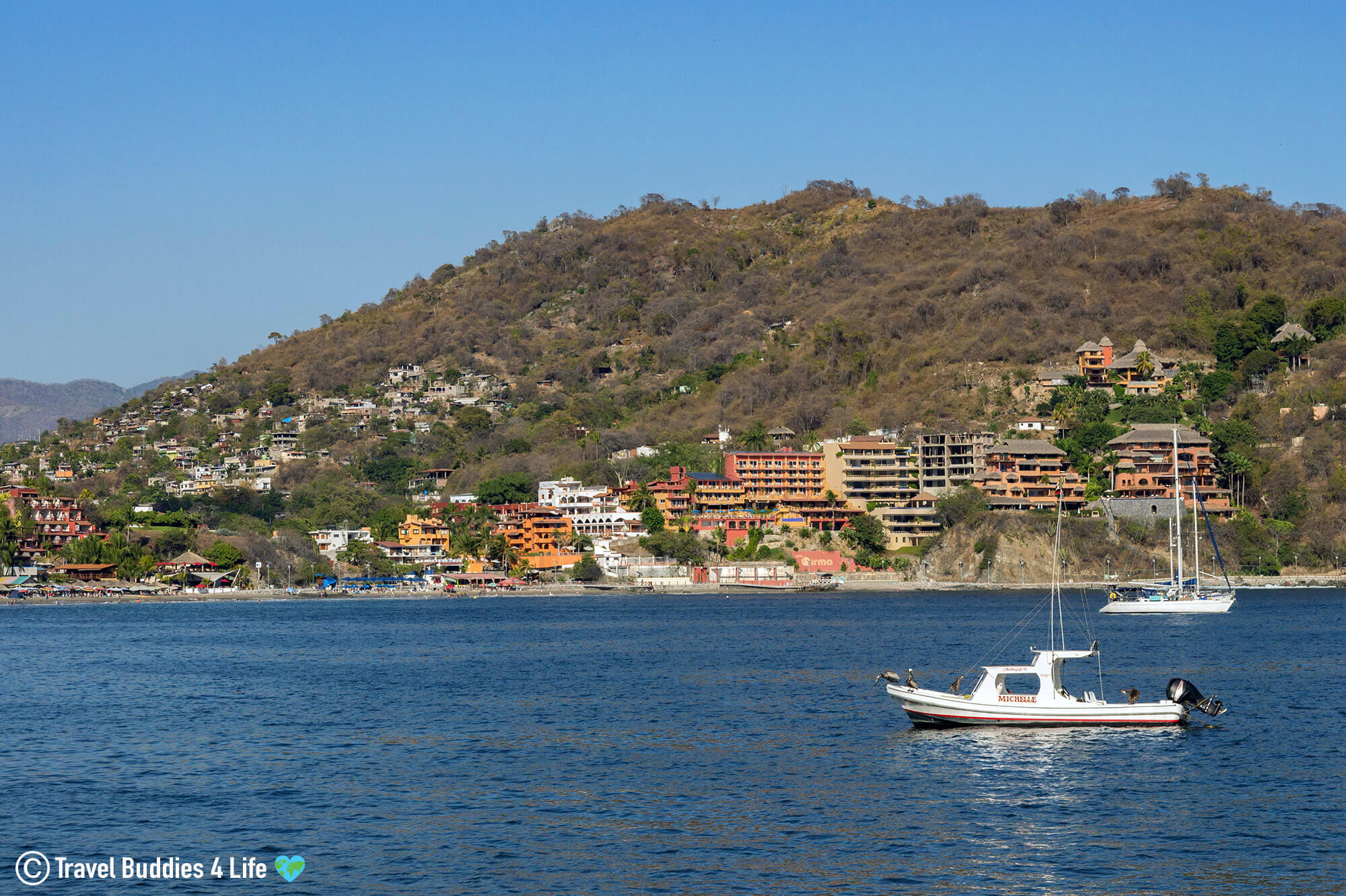
The city of Zihuatanejo isn’t known for its scuba diving when compared to the rest of Mexico’s aquatic meccas like Socorro, the Yucatan, Cozumel, and Baja. But if you find yourself in the Guerrero neighborhood, and always dreamed of exploring what Mexico’s Pacific coast has to offer, diving in Zihuatanejo will surely give you a good taste.
For scuba divers, the plankton-filled Pacific ocean is ripe for underwater exploration. At the surface, the water seems dark and unending. Once you back roll off the dive boat, you will be astounded by the richness of the animals – they come in so many different shapes and sizes.
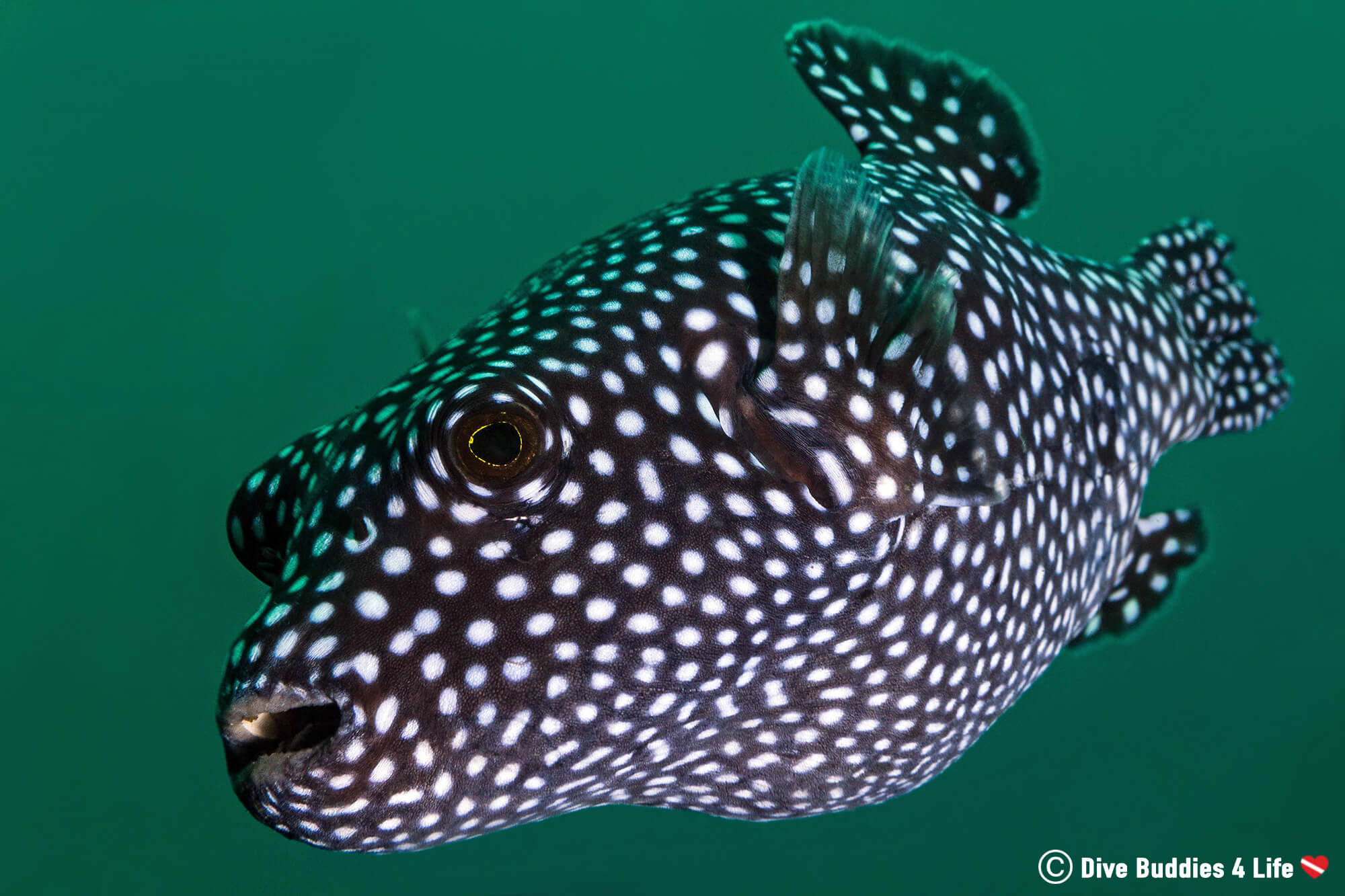
Some of the marine species that can be encountered include sea horses, crabs, octopus, moray eels, sea stars, urchins, lobsters, pufferfish, drums, angelfish, groupers, butterflyfish, electric rays, Moorish idols, goatfish, jacks, needlefish, grunts, parrotfish, flounder, stingrays, and chubs to name a few. On a lucky day, you might even see sea turtles, guitarfish or eagle rays!
Interesting Fact: Did you know that Guitarfish are also called Fiddler rays or Banjo sharks? This marine species is part of the Elasmobranchii subclass, meaning they are closely related to sharks and rays. As living proof, take a look at their physique – guitarfish have a flattened forebody with pectoral fins fused to the sides of the head like a ray, but a well developed caudal fin and hind-body that strongly resembles that of a shark.
When it comes to diving in Zihuatanejo, there are many sites. These dive sites range from shallow coral reefs, perfect for beginners, to small caves, rock tunnels, and deep walls. Below are some of the most popular dive sites.

Solitary rock dive site is just as the name sounds, a lonely rock smack dab offshore of the Zihuatanejo coastline. The rock is located about 1.5 kilometers away from Zihuatanejo’s main pier and takes about 15 minutes via boat to reach.
The marine landscape of Solitary rock is a single underwater pinnacle that can be explored in a circular route at various depths. The rock wall drops from the surface of the sea down to 40 meters (132 feet) deep, and houses a diversity of aquatic life.
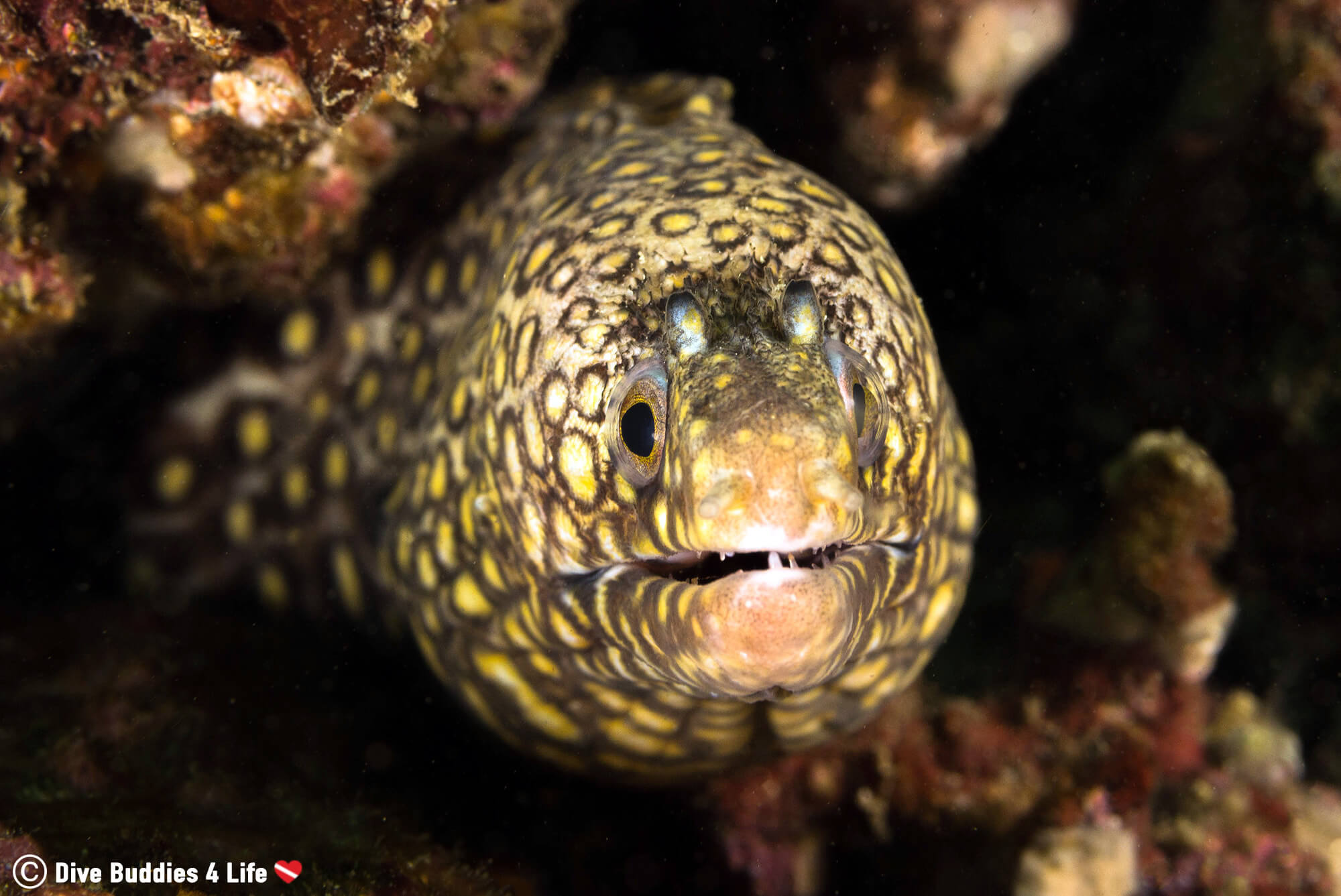
Apart from the marine life, heavy currents are a genuine possibility at this dive site, and on rough days the ebb and flow of the surge can leave you feeling like you are in a hellish washing machine. For safety reasons, beginner divers should stay away from this rock, and opted instead for a better sheltered and shallower Zihuatanejo diving location.
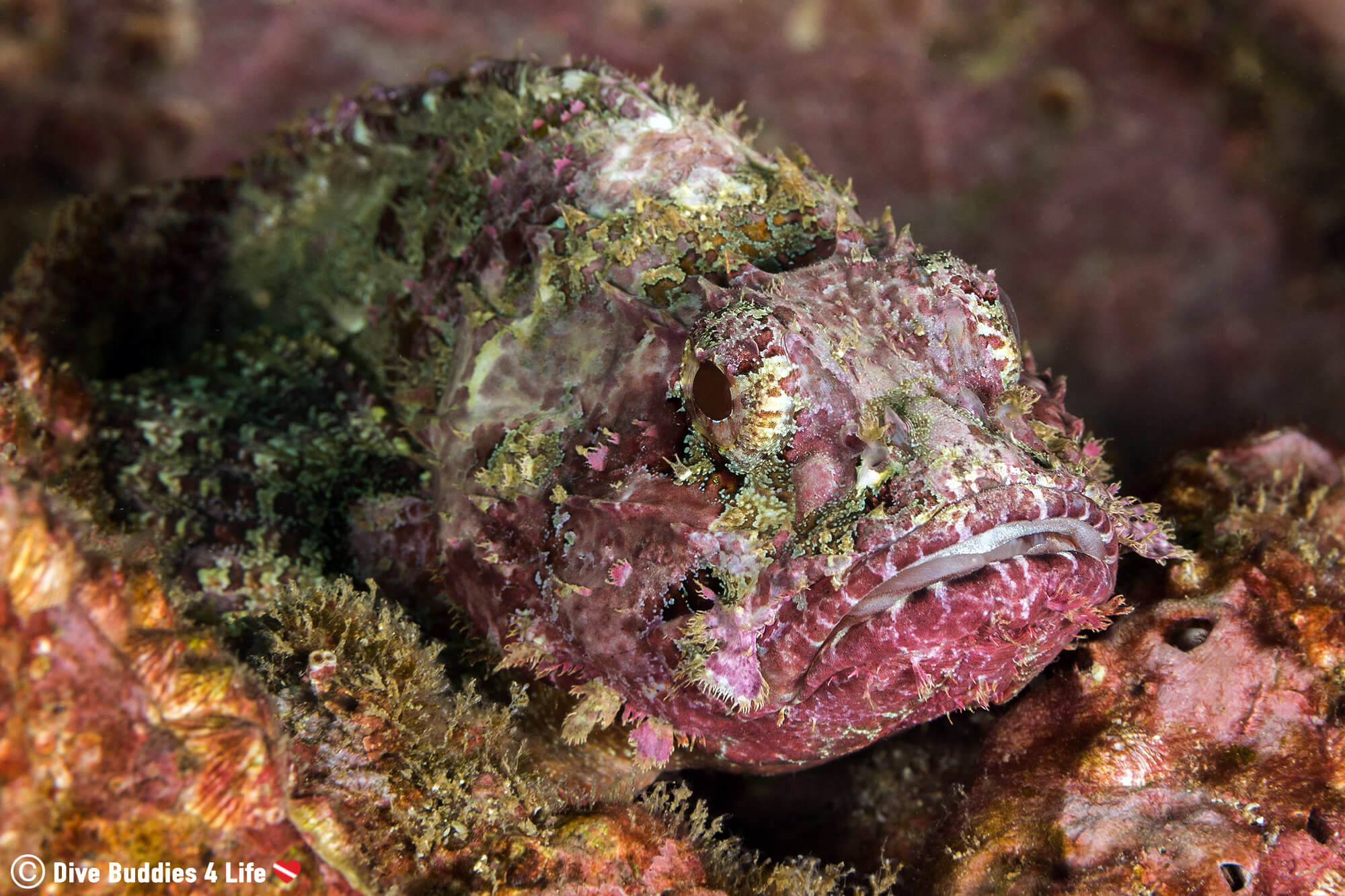
Caleta de Chon is a shallow cove big for macro photography.
The small protected dive site is found just outside of the Zihuatanejo bay and takes 10 minutes to reach by boat. Caleta reaches a maximum depth of 14 meters (46 feet) and generally speaking has calm conditions. Due to its shallow and gentle nature, Caleta is an excellent site option for beginners and night diving.
Patchy boulders, small fragmented coral reefs and a big bed of sand make up the topography of this dive site, meaning that scuba divers will get a good mix of tiny sea creatures.
Las Gatas or “Cat Beach” is an isolated beach across the bay from Zihuatanejo, named after the whiskered nurse sharks that once live in this bay, or the wildcats that lurked in the jungle – depending on what story you believe.
The beach is one of the best in the area and boasts some of the clearest water thanks to its surrounding man-made reef. According to ancient legend, Las Gatas was built by a Tarascan King, so that his daughter would have a safe place to swim.
Though Las Gatas beach is best for snorkeling, it is worth mentioning as a diving spot, because it comes with a whole lot of colorful fish, frogfish included, and the occasional sea turtle. At Pango, which is the deepest part of this bay, rays can be observed courting in the winter months.
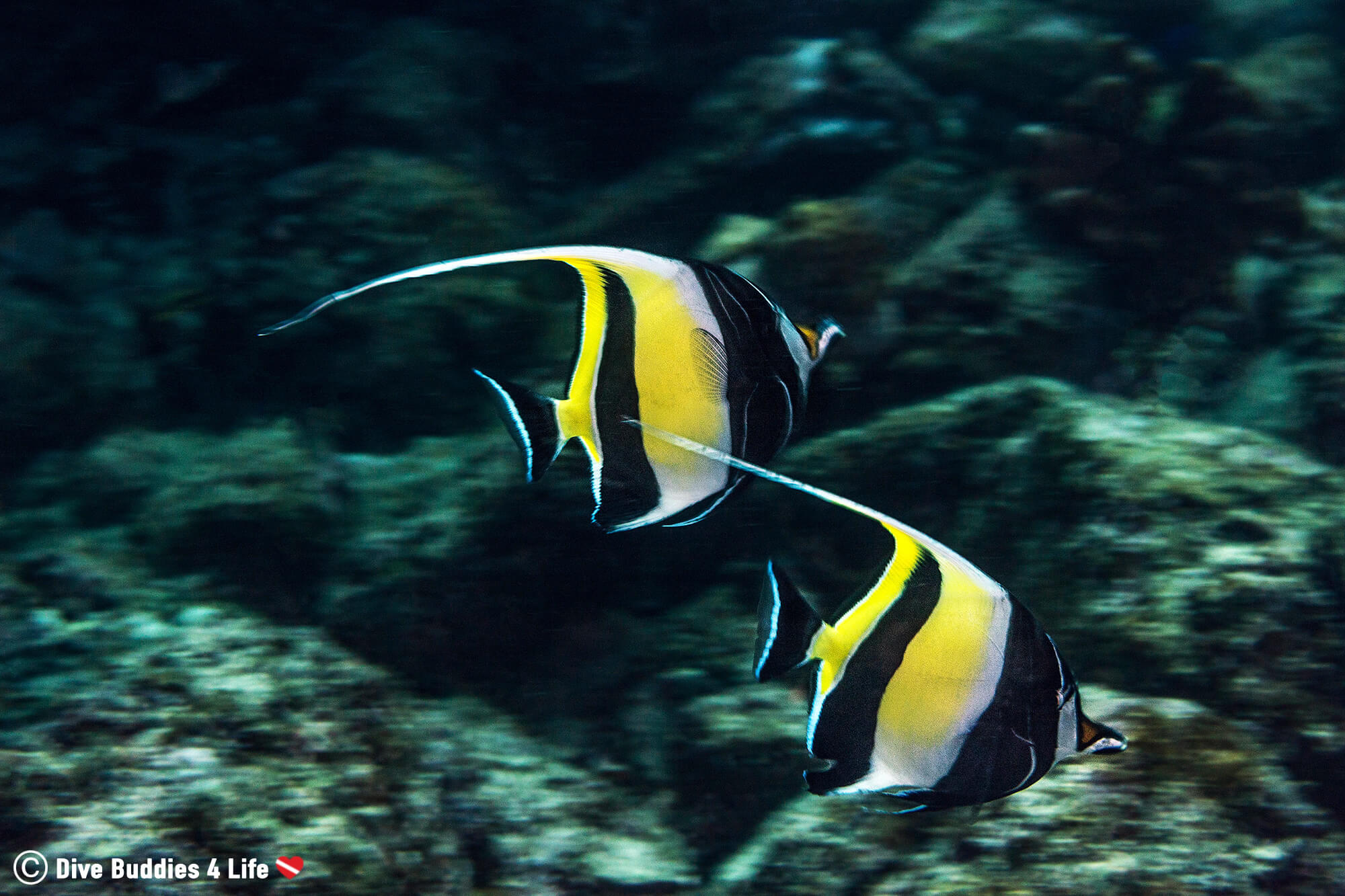
Morros de Chato dive site is situated to the north of Zihuatanejo. The large rock formations that make up the Morros de Chato emerge from the water just in front of Ixtapa bay. Via boat, it takes dive shops about 20 minutes to get to this location. The dive site depth ranges from 5 to 20 meters (15 to 70 feet).
Under the water Morros de Chato hosts an abundance of plant, algae and fish species. But what makes this site genuinely eye-catching is the shoals of fish swimming amid the marine life. Like Solitary rock, Morros de Chato is slightly exposed to the open ocean and is a place that can have powerful and unpredictable currents.
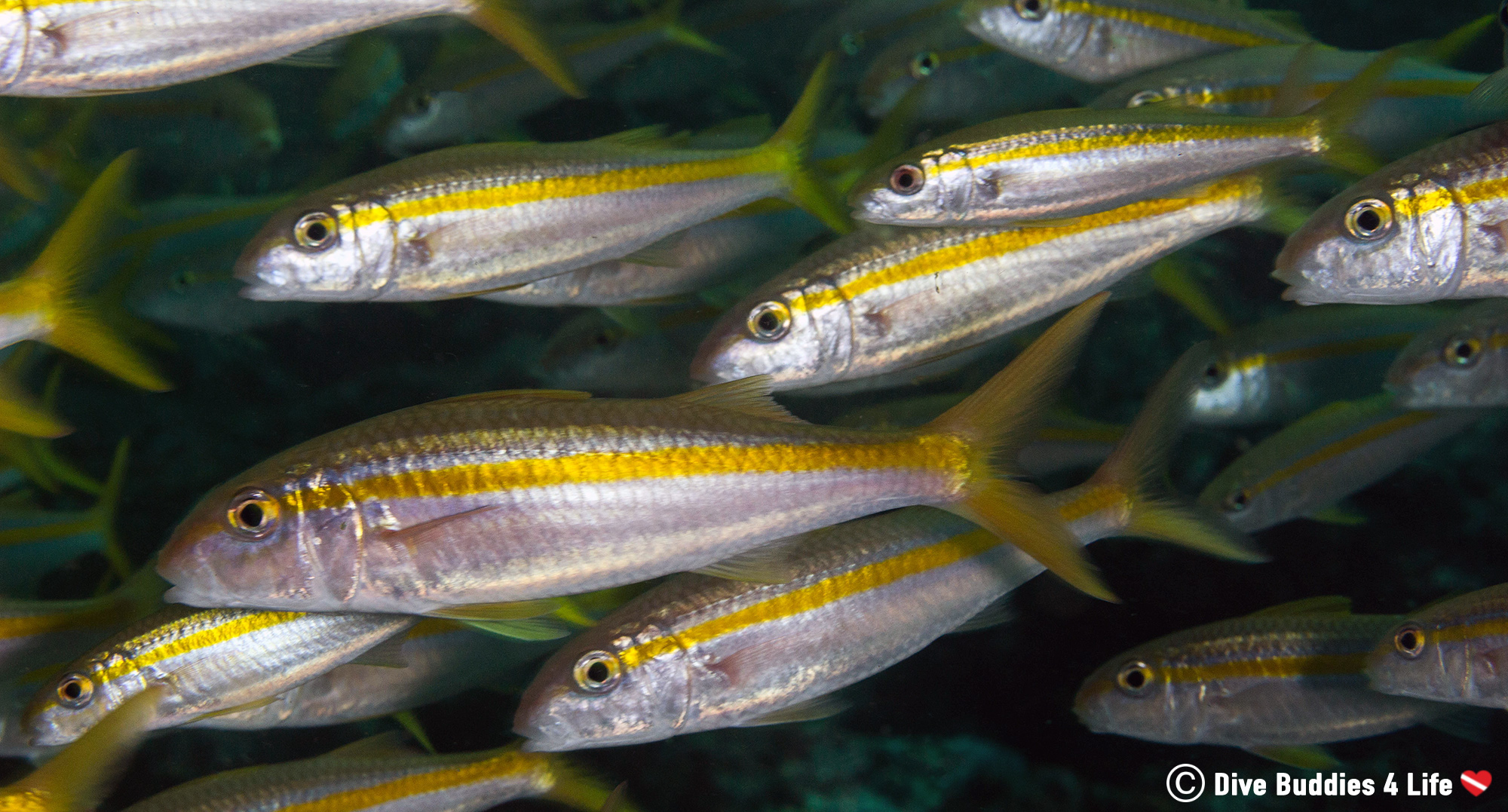
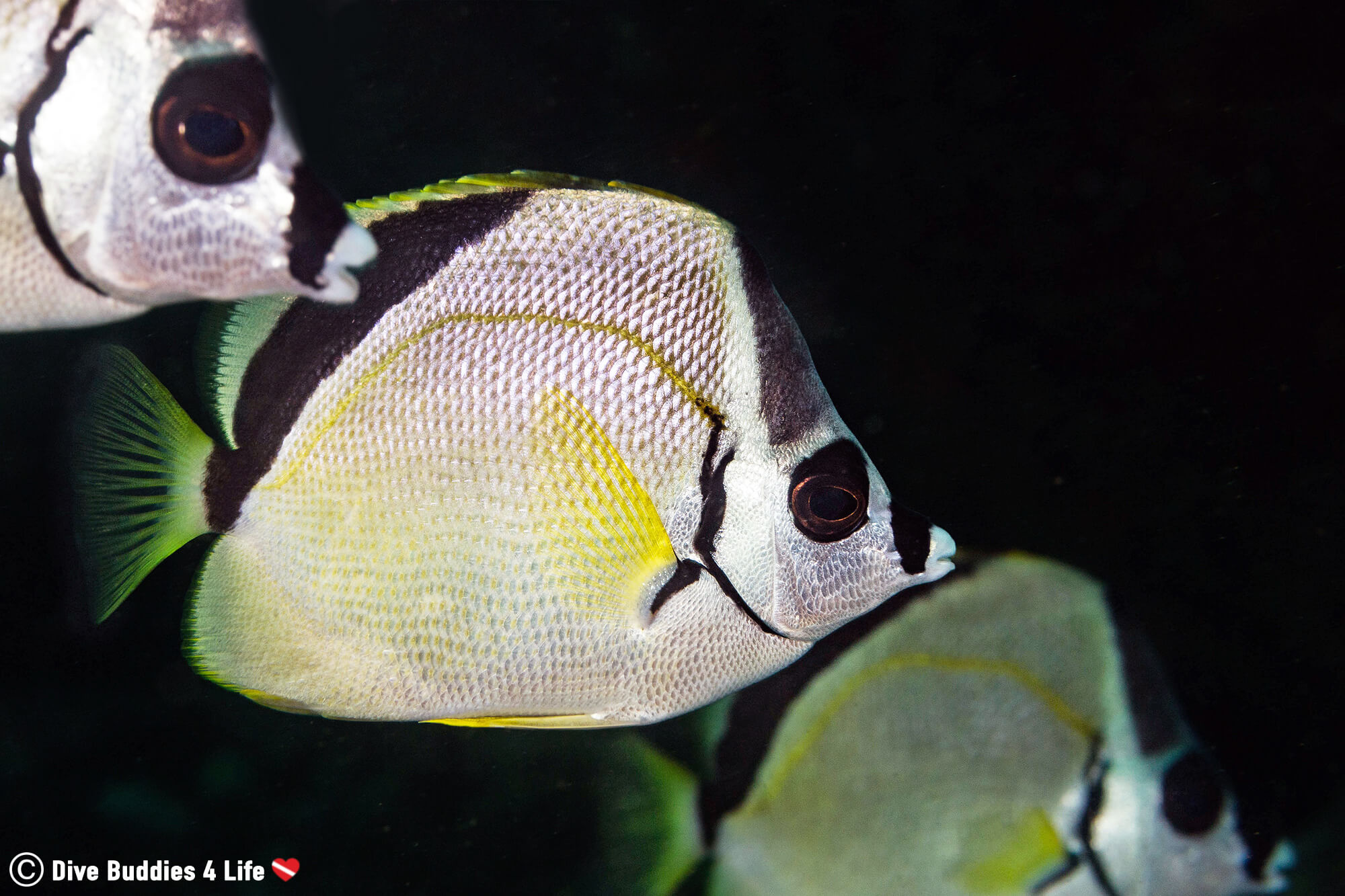
Morros de Potosi, also known as the Frailes Blancos (White Friars), is a series of three large white rock formations that emerge from the water to the south-east of Zihuatanejo. The dive site is located across from Barra de Potosí, a small seaside town at the end of Playa Larga, and takes about 45 minutes to reach by boat from Zihua on a relatively calm day.
The site is full of vertical walls, caves, canals, and tunnels that provide shelter for animals both big and small. Given it’s exposure to the open ocean and upwelling of nutrients against the rocks, Morros de Potosi has a lot of marine life in its vicinity and is a fascinating dive.
The depths of this dive site varies from 9 to 37 meters (30 to 130 feet) and because of the possibility of strong currents, it is rated as an advanced dive – though there are some protected areas for beginners.
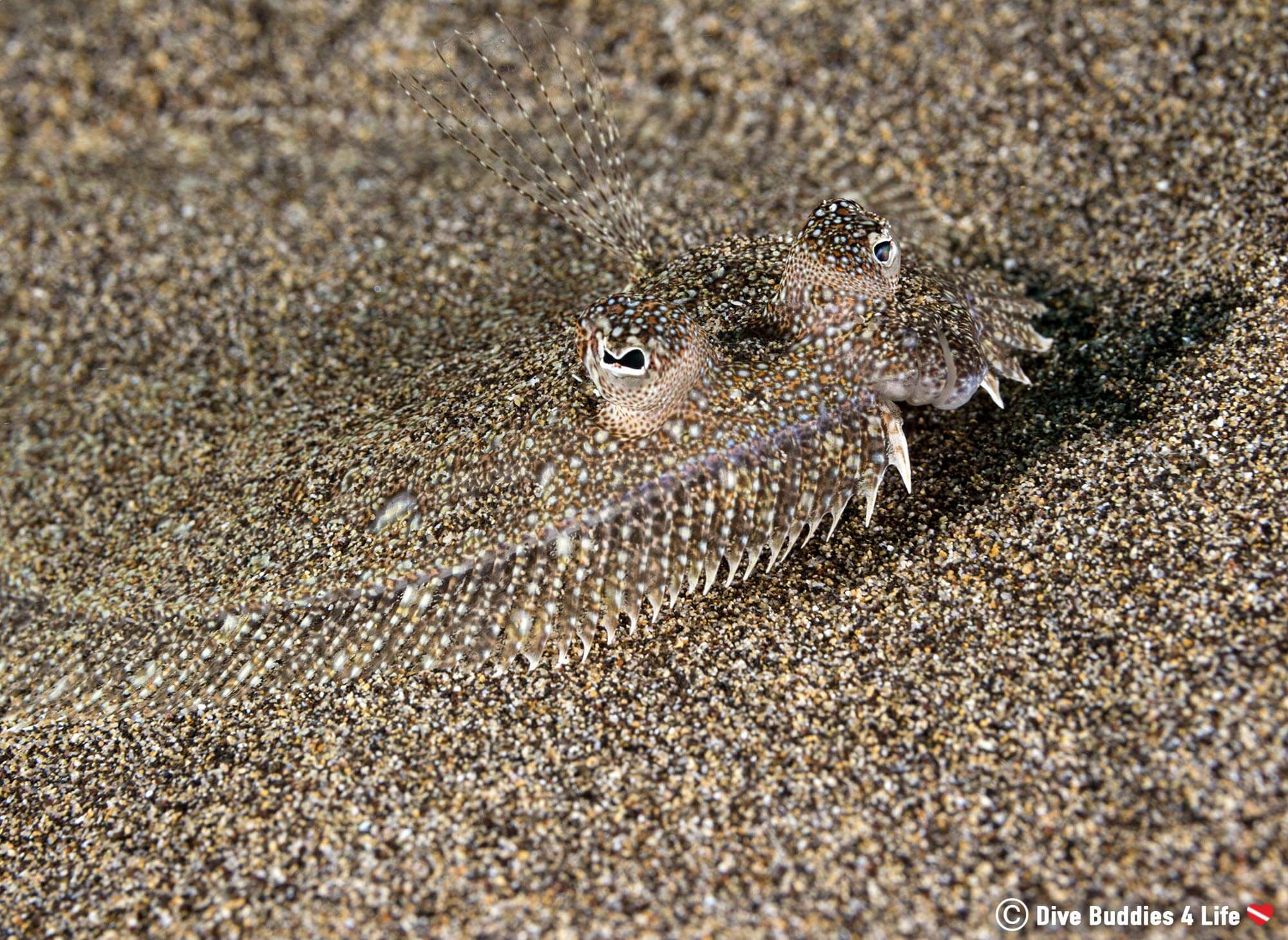
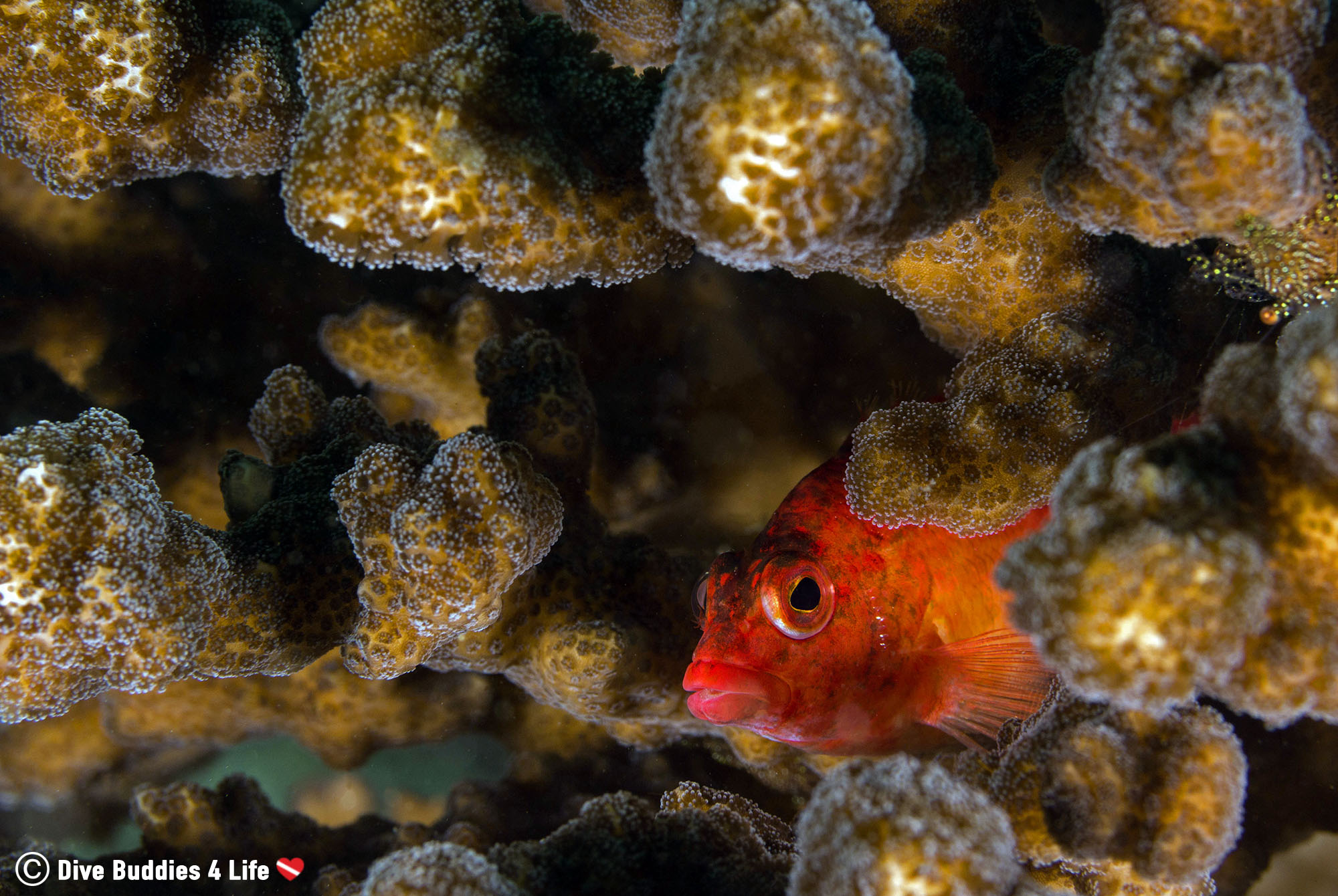
If you enjoy snorkeling or are traveling with a non-diver, there are several good places to snorkel in Zihuatanejo.
Between Caleta, Las Gatas, Playa Manzanillo, and Zacatoso, underwater fanatics will have plenty of opportunities to fish watch. Of particular interest, is a site close to Las Gatas where snorkelers with find a 12-foot underwater statue of Christ.
The price for snorkeling in Zihua is USD 35$ or 650 Mex$ per person for a 3-4 hour expedition. This price includes all necessary gear. If your not looking to hit the water and want to be a boat passenger the cost is UDS 15$ or 280 Mex$.
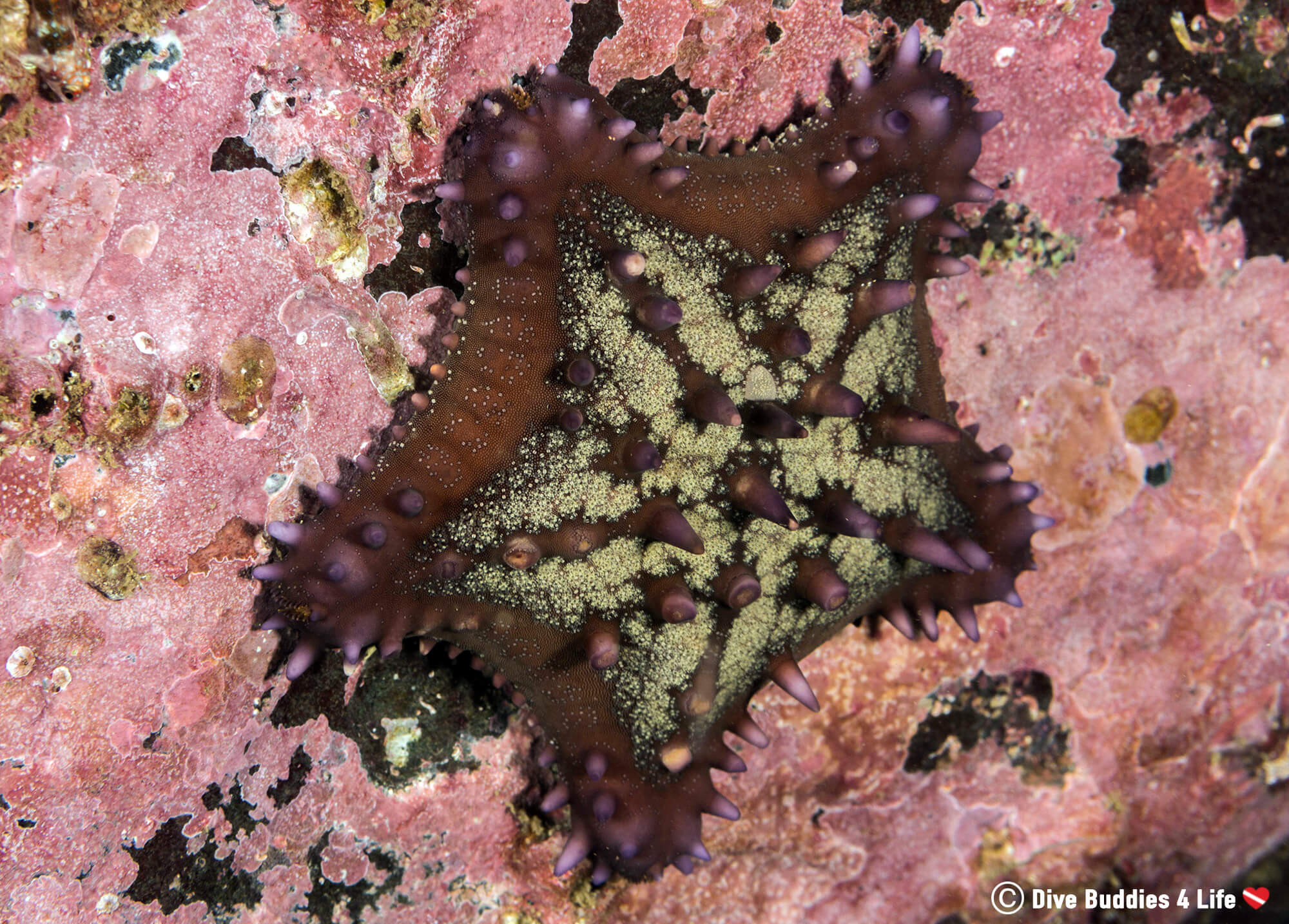
Exciting, rewarding and challenging are a few of the choice words I would use to describe our dives in Zihuatanejo.
From the moment you get on the dive boat, there is no doubt that when you are here, you are in the world’s largest ocean. Waves and currents are to be expected in this powerful body of water. Unfortunately, we chose to dive offseason, and because of this the visibility wasn’t entirely on par, and the water was a little chilly under the thermocline. But if you play your cards right, the summer months bring short wetsuits and much more favorable condition.
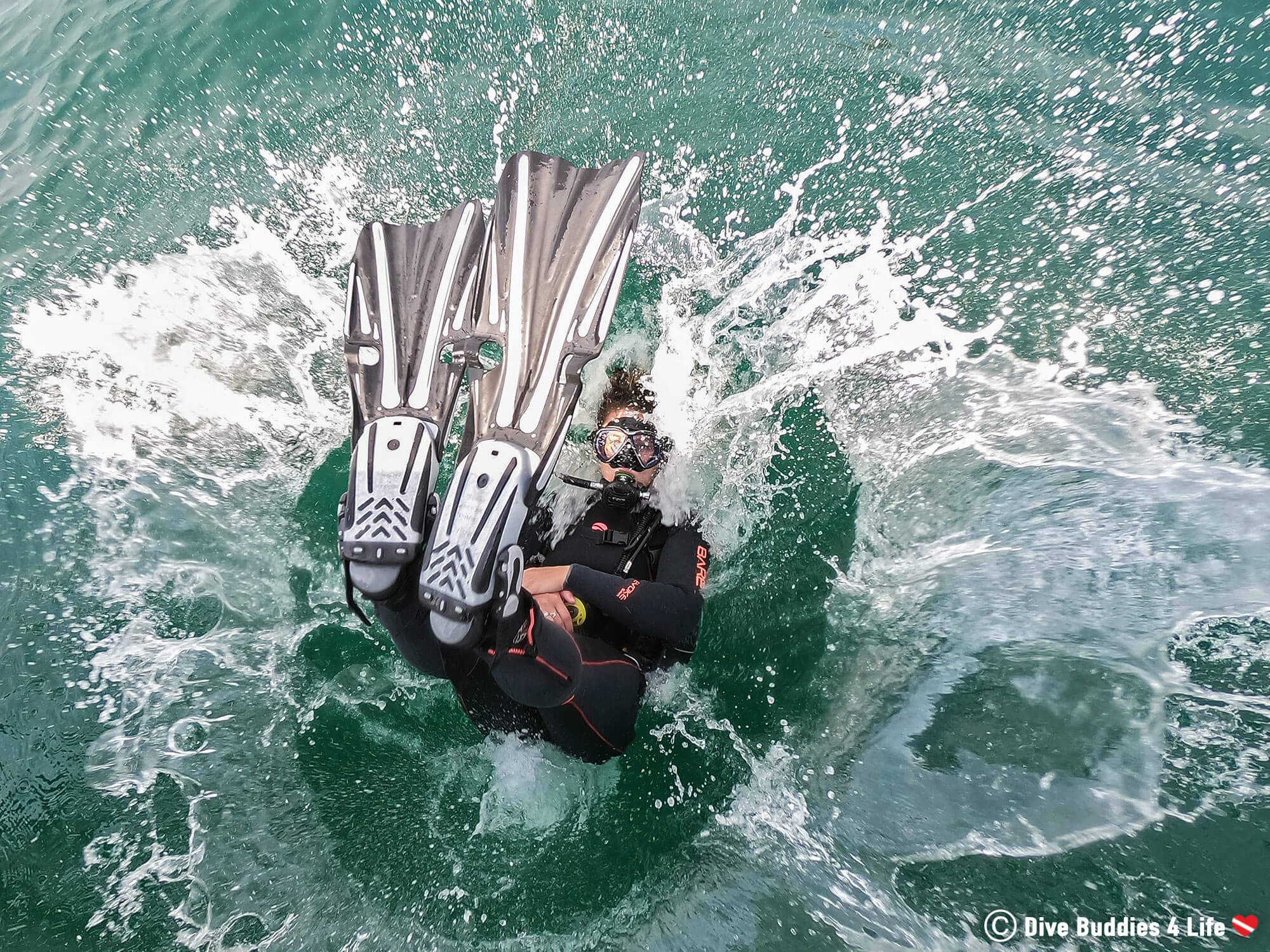
So why dive here? Contrary to other places in Mexico, in Zihuatanejo-Ixtapa diving is not big. And it’s also no crystal clear Caribbean sea. But thanks to this, that you will get personalized service, uncrowded dive sites and curious animals of all sizes migrating from warm to cold waters or vice versa.
It’s safe to say when diving in Zihuatanejo, expect the unexpected.
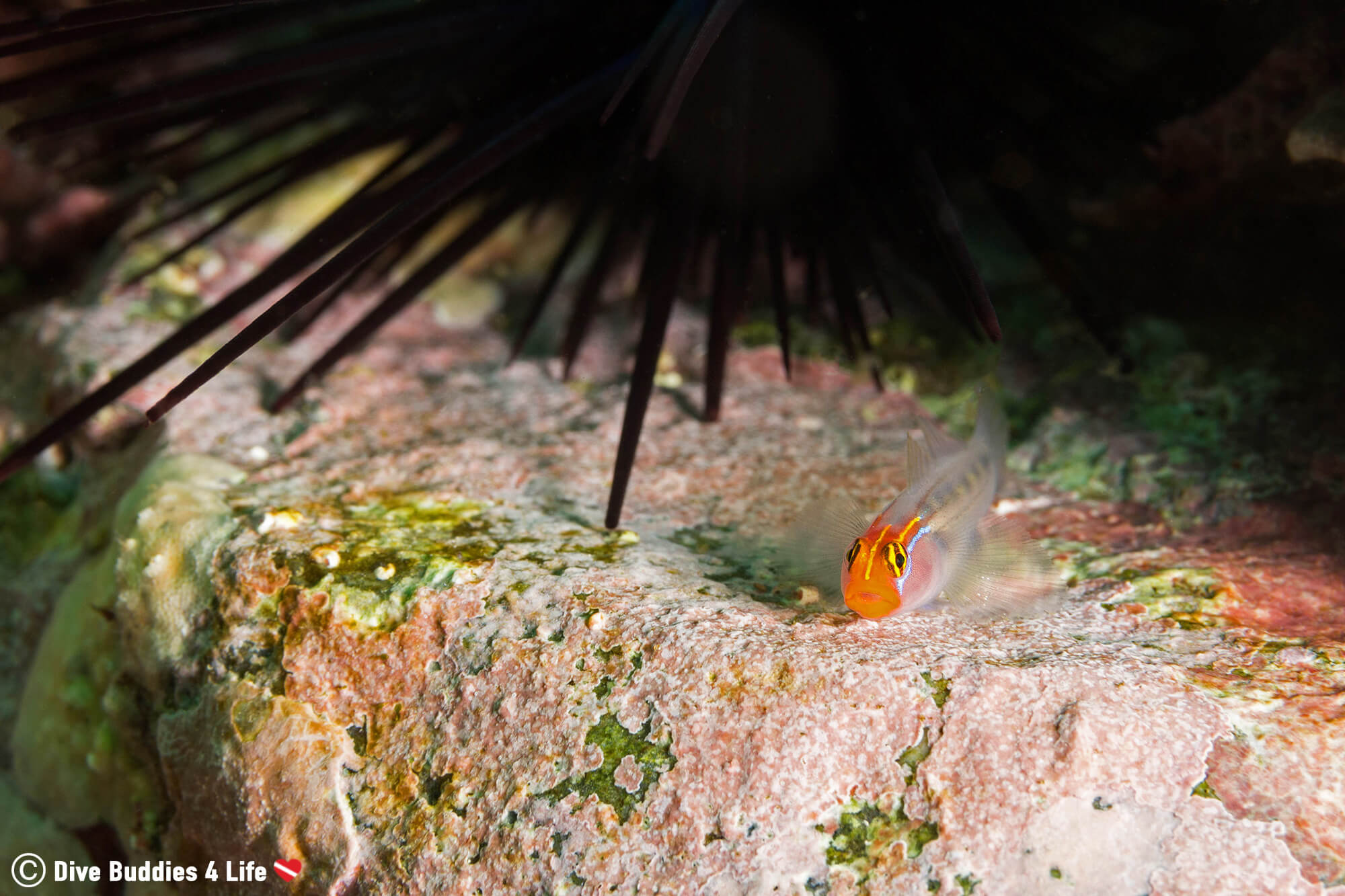
The west coast of Mexico is a pretty astounding place. Have you been diving on its Pacific coast? If so, what was your favorite location?
Writers Note: This scuba diving post was sponsored by Dive Zihuatanejo as a part of our Dive Buddies 4 Life Reciprocal & Partner Program.
Additionally, this post may contain affiliate links. We will make a small commission if you make a purchase through one of these links, at no extra cost to you. See full disclosure and disclaimer policy here.
Want to explore more Pacific diving? Take a look at our scuba destination page and navigate to your area of interest to discover more dive adventures.


Green initiatives are important and in Zihuatanejo, we had the opportunity to join forces with Zihro Plastic and Dive Zihuatanejo to lending a helping fin.

Submerge yourself into Bonaire's underwater world with this scuba bucket list. It will leave you wanting more from the coral capital of the Caribbean.

Bat Islands are a collection of volcanic islands off the coast of Costa Rica with some pretty unique diving.
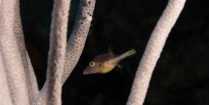
Whether your diving with turtles or admiring coral reefs, get ready to be wowed by the underwater beauty of Bonaire, the shore diving capital of the Caribbean.

Bonaire TEK is an annual October occurrence, where Buddy Dive Resort partners with leaders in the tech diving industry for a week of technical dive demonstrations, equipment trials, presentations, training ins and outs, and camaraderie.
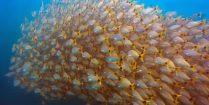
The sea life was plentiful at the Catalina Islands. It was the perfect spot to introduce Dad to Costa Rica's underwater playground!
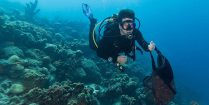
There are many ways to fight back against pollution and on Bonaire, this takes the form of scuba diving cleanups.
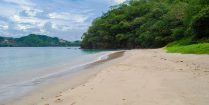
Slipping into the Pacific waters off Costa Rica for a snorkel is a relaxing way to spend the day. Here are the best places around Playa del Coco.
